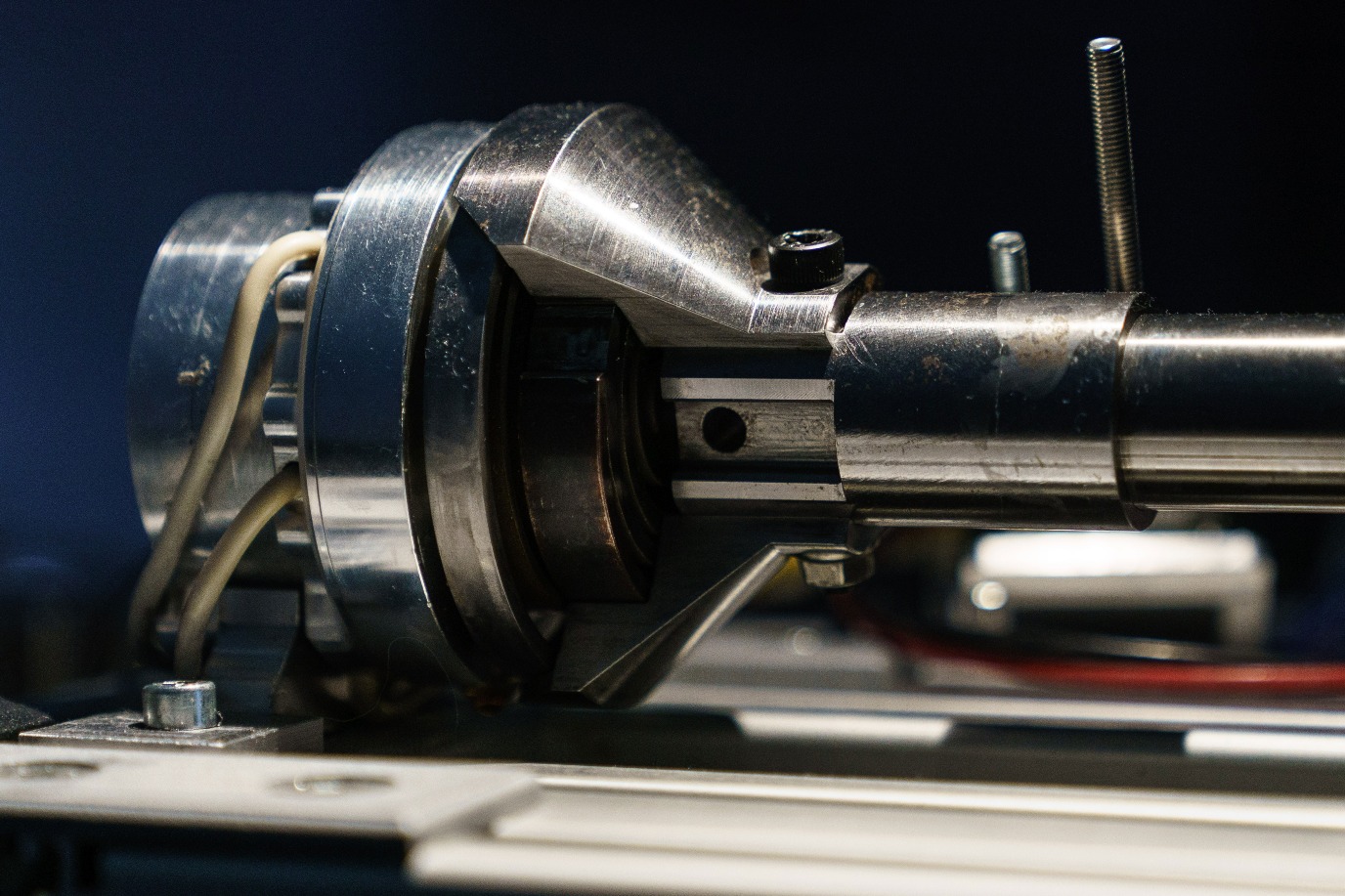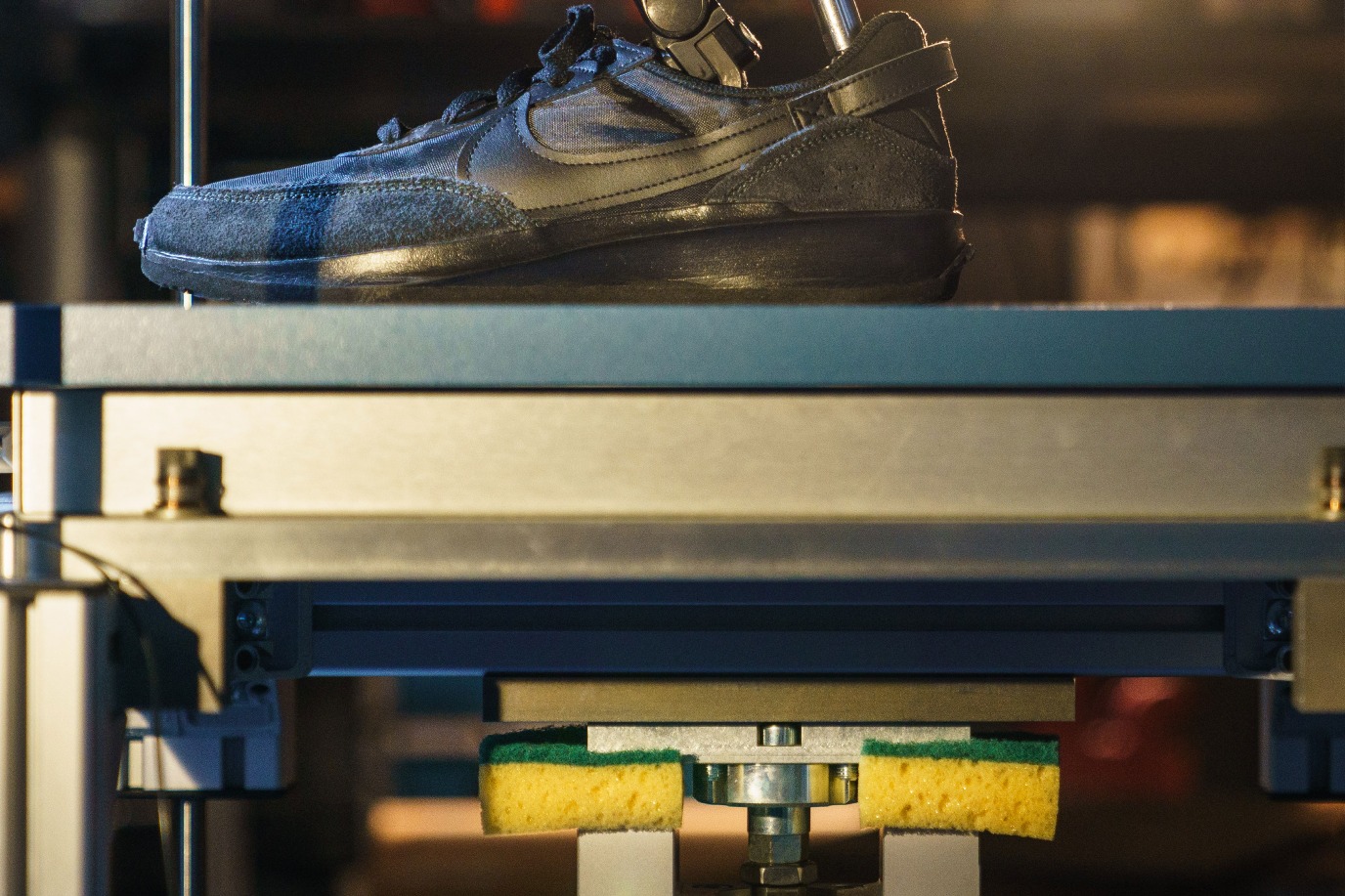Robotica voor mensen
‘Stel je eens voor, een bionisch been waarmee iemand niet alleen weer kan lopen, maar dat het ook mogelijk maakt om dit te doen zonder er steeds bij na te denken. Dat zou het leven voor wie zo’n prothese nodig heeft veel gemakkelijker maken’, vertelt RUG-hoogleraar Robotica Raffaella Carloni.
Zij bestudeert methoden en technieken waarmee systemen uit de robotica probleemloos kunnen samenwerken met mensen. In haar lab toont ze een video van een recente klinische test: een persoon met een amputatie boven de knie loopt op een natuurlijke manier dankzij een nieuw prototype van een bionisch been. Dit been ondersteunt het lopen volledig, zelfs op een uitdagende parcours, zoals een helling.



‘Bij het ontwerpen van dit prototype bionisch been gebruiken we een aanpak waarmee we de natuur nabootsen, om zo de basisfunctionaliteit van een gezond menselijk been te krijgen, zowel in de mechanica als in de systemen om de beweging te controleren’, legt Carloni uit. De onderdelen die op de natuur geïnspireerd zijn verbeteren de mobiliteit van mensen die een amputatie boven de knie hebben moeten ondergaan. Daarnaast neemt het comfort voor de gebruiker hiermee toe.
Voor het ontwerp van de mechanische onderdelen die de beweging produceren is gebruik gemaakt van uitgebreide op de natuurkunde gebaseerde modellering van spieren en skelet van mensen met een amputatie. Tijdens het onderzoek zijn op die manier ook de elektronische onderdelen, de sensoren in de prothese en de controle-modules ontworpen. Dit alles is gecombineerd tot een functioneel bionisch been waarmee mensen met een amputatie zich weer op een natuurlijke manier kunnen bewegen.
‘Dit soort innovaties van prothese-technologie is alleen mogelijk via een aanpak die de gebruikers centraal stelt bij het ontwerp en de optimalisatie van het systeem’, besluit Carloni. ‘Op die manier willen we mensen met een onderbeen-amputatie een prothese bieden die zonder problemen werkt en een natuurlijke beweging biedt waarmee ze hun onafhankelijkheid terugkrijgen.
Tekst: FSE Science Newsroom | René Fransen
Foto’s: Reyer Boxem
In Makers van de RUG belichten we elke twee weken een onderzoeker die iets concreets heeft ontwikkeld: van zelfgemaakte meetapparatuur voor wetenschappelijk onderzoek tot kleine of grote producten die ons dagelijks leven kunnen veranderen. Zo dragen RUG-onderzoekers bij aan oplossingen voor grote wetenschappelijke en maatschappelijke uitdagingen.
Techniekonderwijs en -onderzoek maken bij de RUG al decennia deel uit van een breed palet aan sterke disciplines en landelijk werken we steeds intensiever samen met de vier technische universiteiten.
Eerdere portretten van 'Makers' vind je op de overzichtspagina .
Meer informatie
Meer nieuws
-
11 december 2025
Stormachtige planeten en een onverwachtse atmosfeer
-
09 december 2025
Faculty of Impact Grant voor nieuwe behandeling hersenkanker
